

EKS InTec is a technology leader and to stay that way we participate in several international research projects.
Engineering Tool Chain for Efficient and Iterative Development of Smart Factories
The aim of the ENTOC project is to increase the efficiency of the engineering process with a focus on virtual commissioning.
The project will run from September 2016 to August 2019.
Leaflet PDF to ENTOC






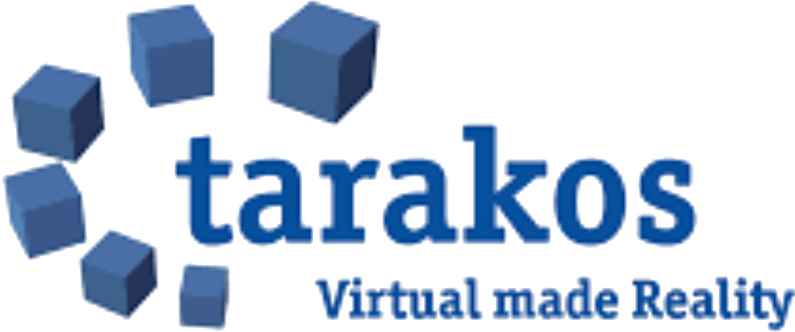


Each project consists of an international team of top scientists from EKS InTec and renowned partners.

Smart Prognosis of Energy with Allocation of Resources
The goal of the project SPEAR is the energy simulation and optimization within the framework of virtual commissioning.
The overall management of the project lies with EKS InTec.
The project will run from September 2017 to August 2020.





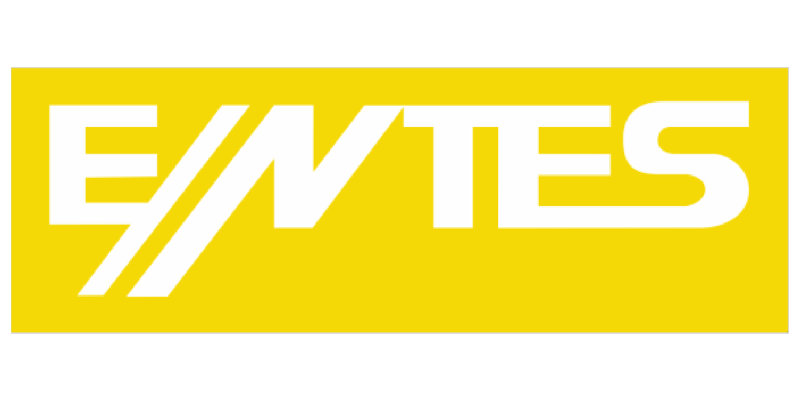



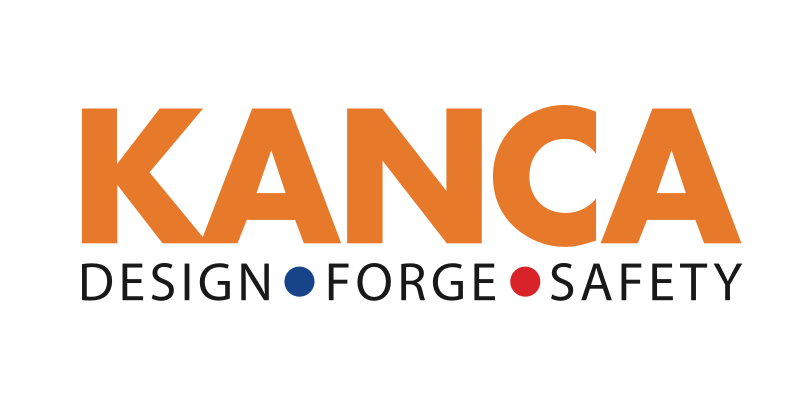
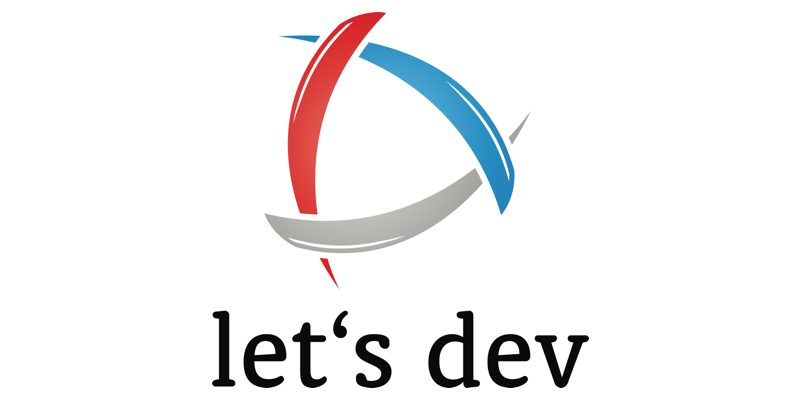
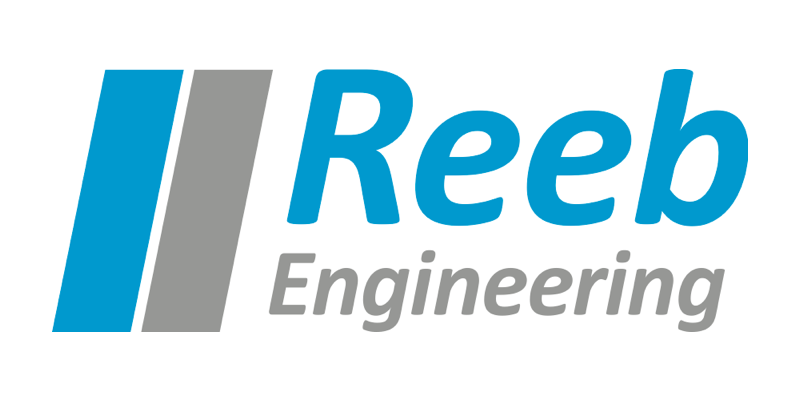
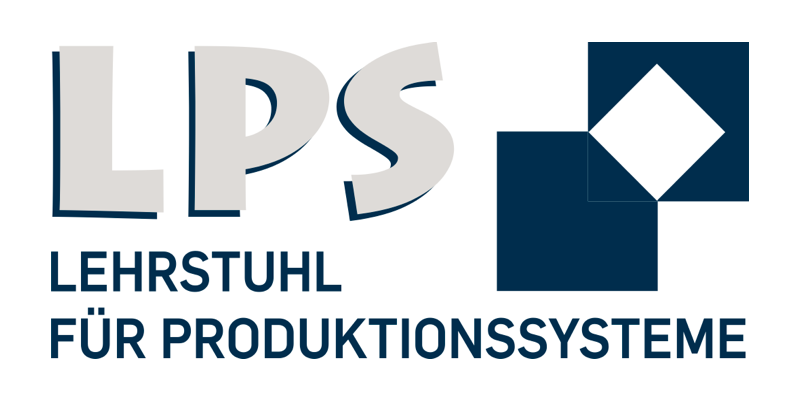

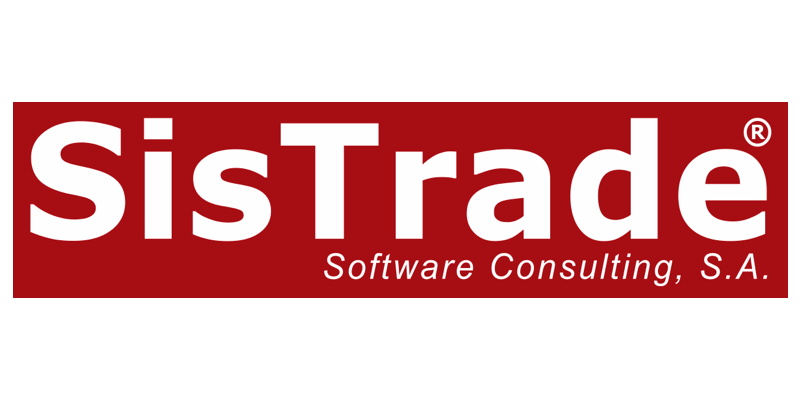
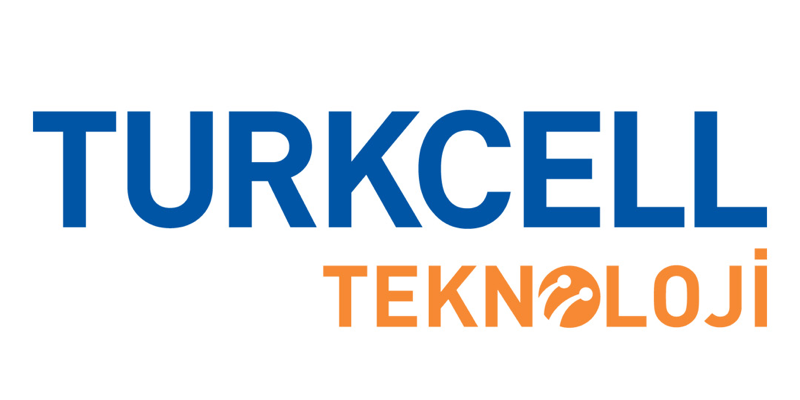

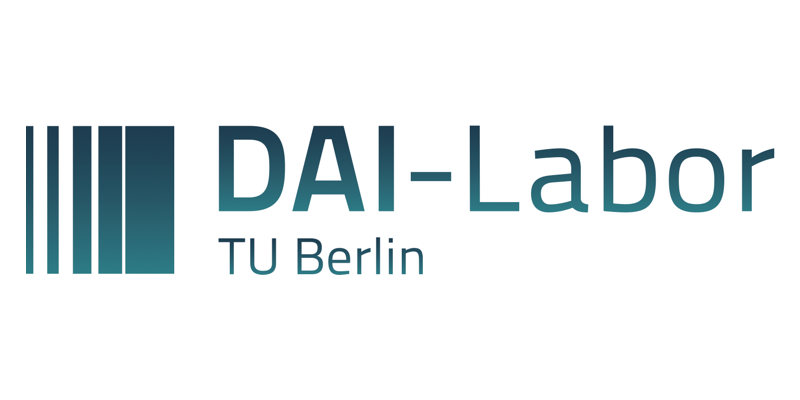

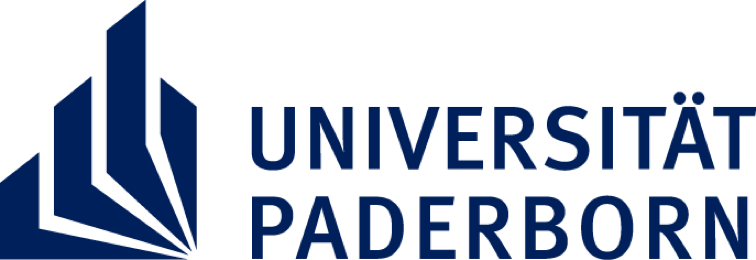

The Next Level of Test Automation
The aim of the TESTOMATproject project is the automatic test case generation and in the following the automatic test execution within the framework of the virtual commissioning.
The project will run from October 2017 to September 2020.
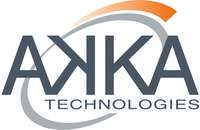

































eXcellence In Variant Testing
Within the XIVT project, a method and toolchain will be defined for testing highly configurable, variant-rich embedded systems in the automotive, rail, industrial production and telecommunication domains.
This enables a highly effective, cost-efficient quality assurance, allowing the shift to autonomous, flexible and adaptive applications in these domains.
Base of the method is a knowledge-based analysis of requirements formulated in natural language, and a model-based test generation on the product-line level. The XIVT project will result in modules and open-source packets for the enhancement of existing domain-specific testing tools, a reference implementation of the resulting method and toolchain, and an ecosystem of services around the proposed methodology.
Design approach for structuring distributed digital twins
The "DAVID" project aims to research and make available distributed digital twins (VDZ) in the mechatronic field.
This can significantly shorten the development and commissioning of complex automation systems. Essential basics will be developed in the context of digital twins, which are based on approaches of multi-agent systems. Both the autonomous and the cooperative capabilities of the digital twin will be considered.
This enables a stronger coupling of product, processes and resources (PPR), also using existing automation components, to an emergent system. By networking the information and interfaces of digital twins of individual components, agents or assemblies, a summative digital twin is created that provides the capabilities of the individual systems as well as capabilities that overlap all individual systems.
Through the summative digital twin, synergies between the individual systems can be discovered and used to achieve greater flexibility.